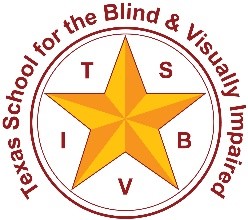Use Interaction to Teach
Build Interactive Routines
Positive interaction strategies allow us to enter our student’s world, and from there, we can gradually draw them out into ours. They may then begin to attend to things that we are doing within the interaction. We must be the bridge from our students inner world to help our them become engaged in the outside world at a pace that is comfortable for them.
- Create a different greeting routine for each team member, and do it the same way each time you encounter the child. The child can come to know and differentiate people (teachers, therapists, family members, etc.) by the way they are greeted. For example, offer the child your hand and let them explore the rings on your fingers, sign “hello” using hand-under-hand and give your name sign.
- Connect with the child surrounding their favorite topics and teach from there. If the child is interested in your name badge or something in his bag, this might be a topic of conversation. Take some time to share this interest with him or her.
- Play imitative and turn-taking games such as clapping hands, vocal play, tapping or banging objects.
Videos
Interaction and Bonding: Interactive Routines
Outreach Consultant TVI Sara Kitchen discusses the use of interactive routines as a strategy for developing a bond with the student and building interactions.
Handling Objects and Performing Actions
In this video, the skills being targeted include handing an object to a communication partner and performing an action to make a request. The routine starts out with the student checking her anticipation calendar, then they travel to to the activity area. The teacher connects with the student by imitating her actions and sounds. She also responds to the student’s specific requests. At one point, she increases the distance between the two of them, creating a slightly larger challenge in making the request. They finish the activity at the student’s calendar area.
Auditory Discrimination
This is a turn-taking game. In this video, the skill being targeted is auditory discrimination. The teacher pairs specific actions with specific sounds. The pom-pom is an object that this student has shown that he enjoys.
Building Associations
In this video, the teacher is working on building associations between three dimensional objects and two dimensional representations for the student. He begins with one of the student’s favored objects, imitates the student’s actions upon the object, and then draws the object with the student. He then acts the same way upon the drawing of the object as the real object, and the student imitates him.


